Pretend we have a state (let's call it Bohio) with only 100 voters in it. (It's a beautiful state, where math problems can be solved on the back of an envelope.) In the 2008 election, 52 of these voters went for Obama and 47 went for McCain. The one remaining citizen voted for, I dunno, Kodos. Exit pollsters asked the Bohioans what party they belonged to, and 39 called themselves Democrats, while 31 were self-styled Republicans, and 30 were Independents.
Now it's four years later, and Bohio pollsters want to know the state of the race. Along with asking who they'll vote for (Obama, by approximately the same margin), pollsters ask about Party ID. 38 of these voters now call themselves a Democrat, while 28 say Republican and 34 say Independent. The "party ID" gap has grown from 8 to 10. Does this strike you as odd?
Before you answer yes, take a second to notice how the gap has grown. A couple of our fictitious citizens have stopped calling themselves Republicans and started calling themselves Independents. There's an easy explanation for that move -- since 2008, a couple of Bohioans probably got involved with the Tea Party movement. Though Tea Partiers are deeply conservative, they also self-identify as Independents.
That simple answer is one explanation. The other is to assume that there's a vast pollster conspiracy, intentionally oversampling Democrats in an effort to award the election to President Obama.
Prominent conservative bloggers like Hugh Hewitt have chosen option B. Facing depressing poll numbers for Romney, conservative activists look to the widened "party ID gap" as proof that pollsters are cooking the books. Here's Hewitt, two weeks ago
The Marist poll out of Ohio that showed President Obama with a 7% lead among likely voters over Governor Romney used a sample that had 10% more Democrats than Republicans --a 2% greater advantage than occurred in 2008 at the height of Obamamania! ...Whatever sample is being used and by whatever poll, it is simply journalistic malpractice not to tell the reader what the sample make-up is.
As we get closer to election day, you're going to hear more and more rumblings about "partisan voter screens" and faulty "party ID gaps." Dick Morris is already writing about it, so you know the rest of conservative fantasyland isn't too far behind. Ignore those arguments. Simple math and simple history provide a much more compelling explanation: the electorate today hasn't changed much since 4 years ago, but people (particularly tea partiers) have taken to labeling themselves differently.
